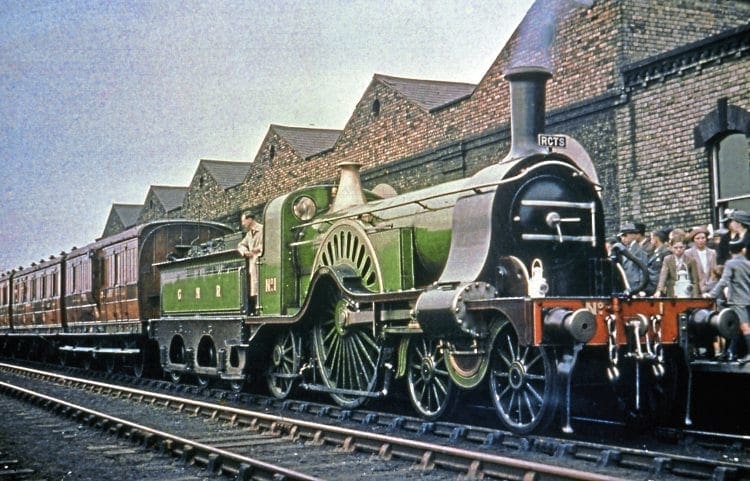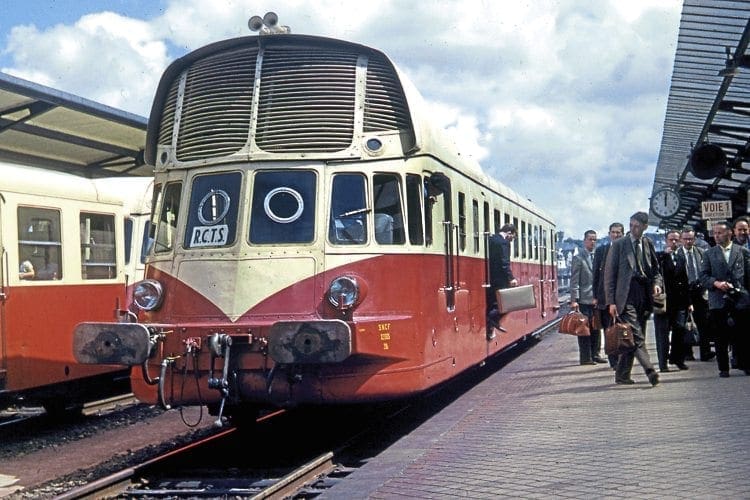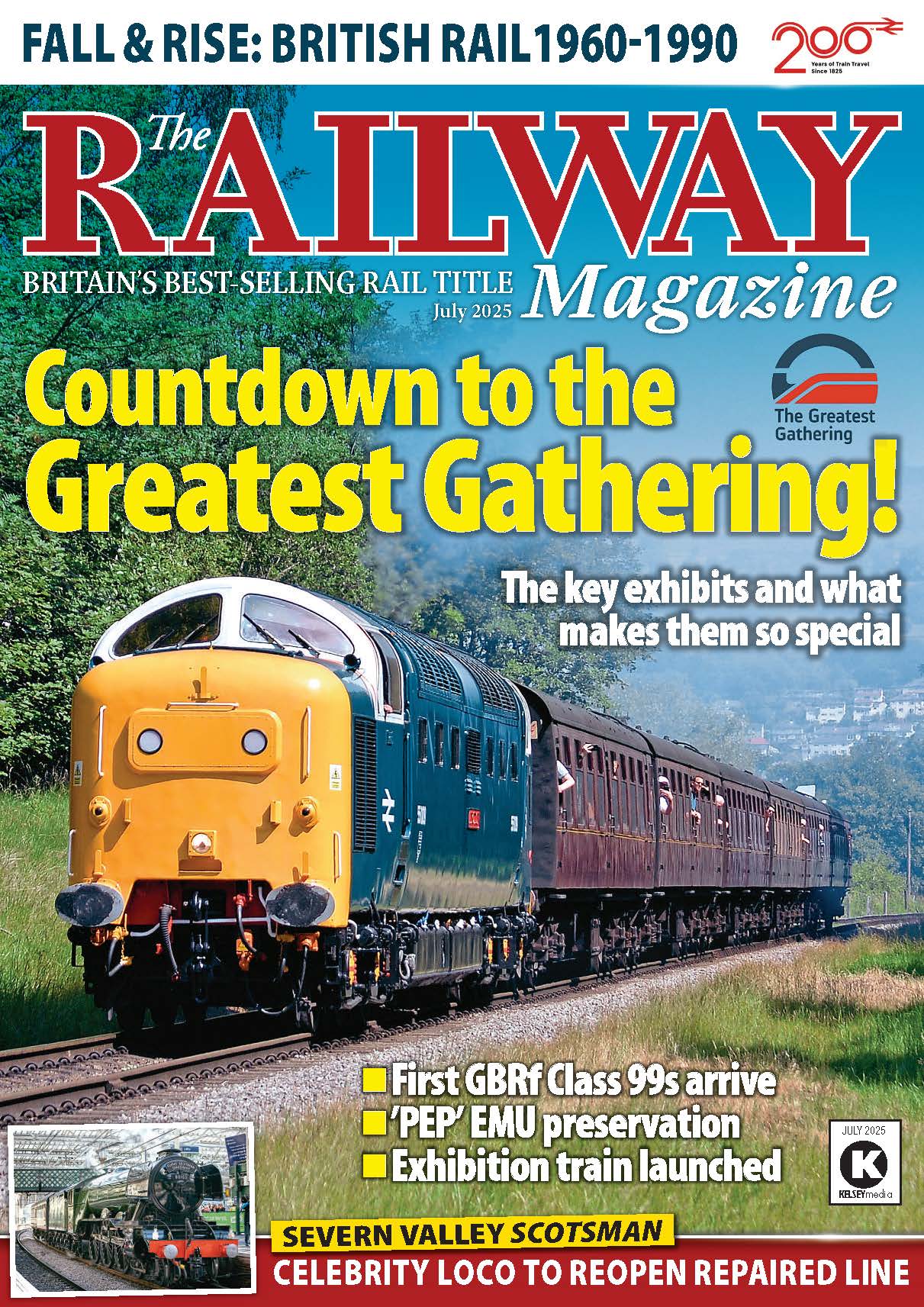The Railway Correspondence and Travel Society is celebrating its 90th anniversary this year. Rodney Lissenden and Paul Chancellor look back at the society’s early days and how, as the premier railway society, it has adapted to change while still catering for the enthusiast.
A GARDEN shed in Cheltenham may not, at first sight, appear to have any relevance to railway enthusiasm, but it was in one such shed in 1928 that Britain’s leading railway society was formed, under the wordy title of The Railway Correspondence and Travel Society – which understandably is best known by its RCTS initials.
In 2018 much has changed, with a vastly different railway industry and a continuously evolving railway society, which is happily celebrating 90 years of service to the world of railway enthusiasm, and as we all know is something vastly different to being a ‘trainspotter’.

The leading lights then were Aubrey Broad and Leslie Lapper, who earlier this year had a plaque in their memory unveiled at Cheltenham station. Over the years well in excess of 20,000 ferro-equinologists have enjoyed membership of the RCTS and many continue to do so today.
Monthly Subscription: Enjoy more Railway Magazine reading each month with free delivery to you door, and access to over 100 years in the archive, all for just £5.35 per month.
Click here to subscribe & save
The basics of what the society had to offer are little different in 2018 to 1928, being a monthly magazine reporting on everyday railway activities, regional meetings to hear talks from railway experts, and visits to railway installations, which continue despite the ever tightening screw over safety. Along the way other benefits were added to the mix.
Come and unfortunately gone again was the comprehensive railtour programme, but ongoing is the publication of detailed and quality books, primarily in the form of locomotive histories, and now just about to blossom, the society archive, located at Leatherhead railway station (definitely not a train station), which will house the vast numbers of railway books and working timetables, along with the comprehensive photographic collection which the RCTS has accumulated over the years.
Having recently gained charitable status, with the primary aim of ‘advancing the education of the public in the subject of historic and current railway operation’, one key component is ‘the development and conservation of an extensive library/archive’ which will be open to all once the fixtures and fittings are in place.

In a world where news took weeks or months to get around, unlike today’s ‘instant society’, the founders did well to have 350 members on their books within two years of the first meeting. Expansion continued throughout the 1930s, including affiliation with a number of European clubs.
However, all progress ground to a halt in 1939 with the outbreak of the Second World War, but railway enthusiasm is a hard thing to kill off, and two branches were formed overseas by servicemen members during the war.
Also, despite both censorship and shortages of paper, the society managed to continue to publish its magazine right through the war years. Thus it was in a strong position to grow after the war, no doubt helped in part by the publication of the Ian Allan ABCs that did so much for the hobby. It is a little known fact that the RCTS published its own stock books in those days.
Read more and view more images in the September issue of The RM – on sale now!




